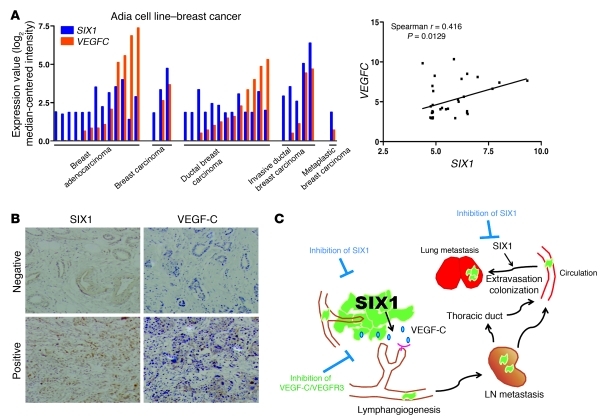Figure 7. SIX1 correlates with VEGF-C expression in mammary carcinoma cell lines and in human breast cancers.
(A) SIX1 and VEGFC expression values were retrieved from an Oncomine microarray data set (as indicated in the figure) and were plotted according to different types of cell lines or by expression value. X and y axes of the right panel indicate mRNA expression analyzed on Affymetrix U133 Plus 2.0 microarrays. (B) Representative positive and negative staining of SIX1 and VEGF-C on human breast cancer tissue sections. Original magnification, ×100. (C) Model depicting the mechanism by which SIX1 promotes metastatic dissemination. Overexpression of SIX1 leads to increased VEGF-C and stimulates lymphangiogenesis, allowing for increased escape of tumor cells through the lymphatics and increased distant metastasis. However, SIX1 is also able to augment the later stages of metastasis of cancer cells that have traveled through the vasculature, thus contributing to metastatic spread via multiple mechanisms. An extension of this finding is that while inhibitors of the VEGF-C/VEGFR3 axis may prevent lymphatic spread, inhibitors of SIX1 are expected to inhibit metastasis at multiple stages, serving as powerful antimetastatic agents.

